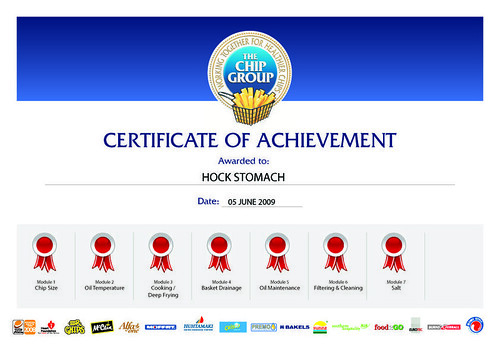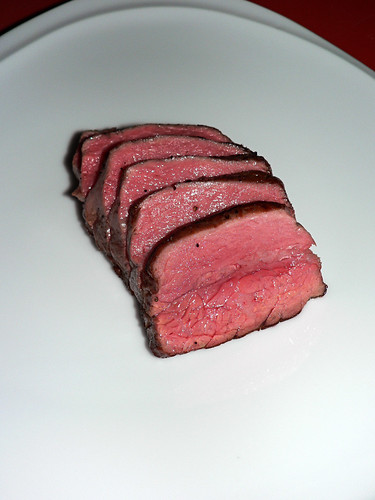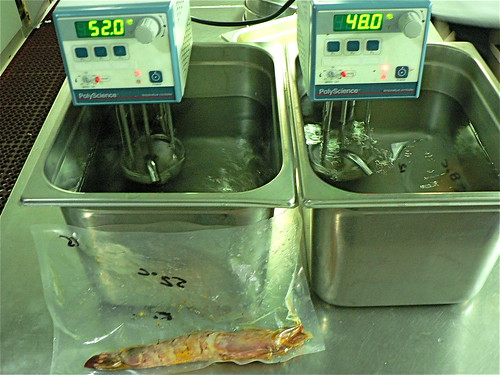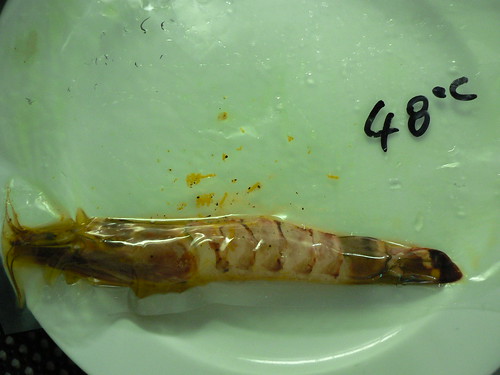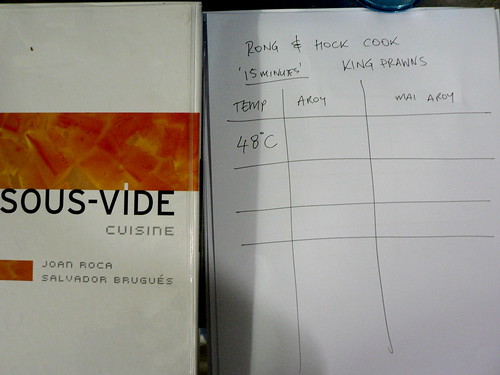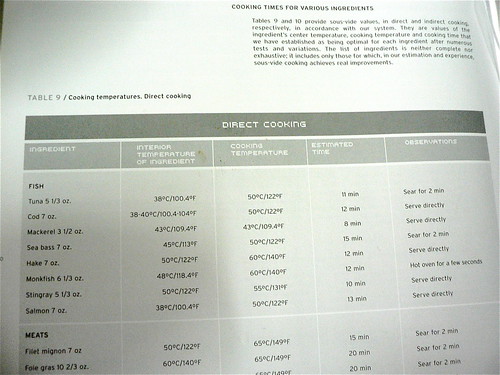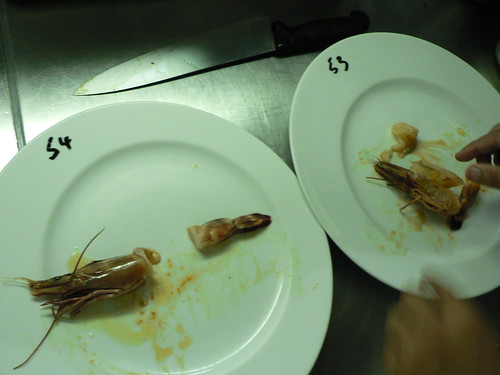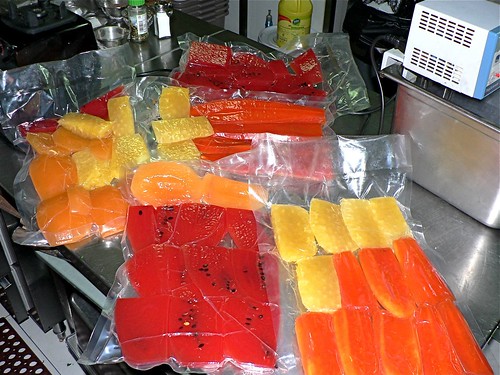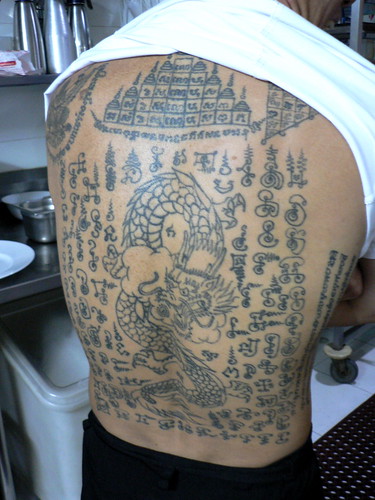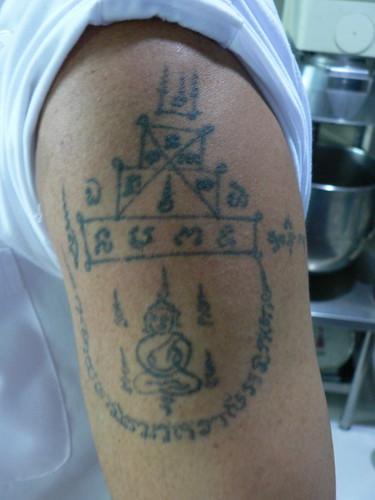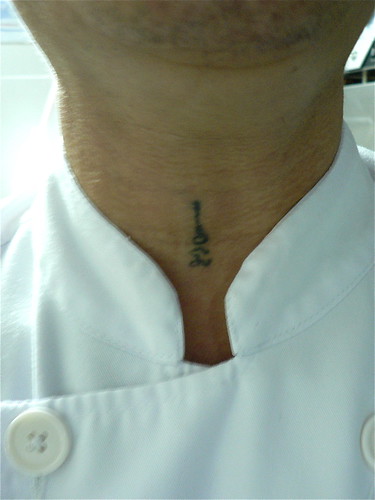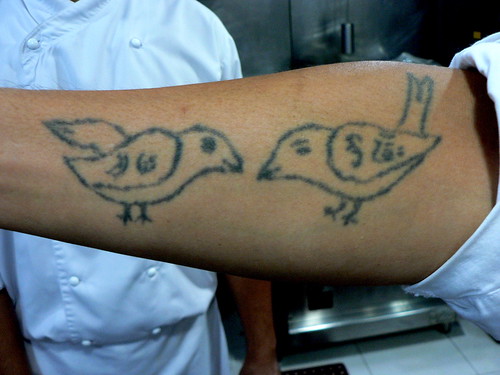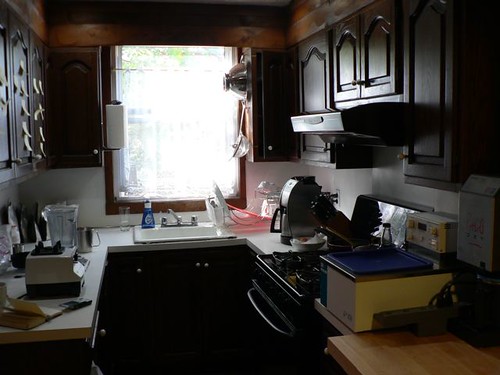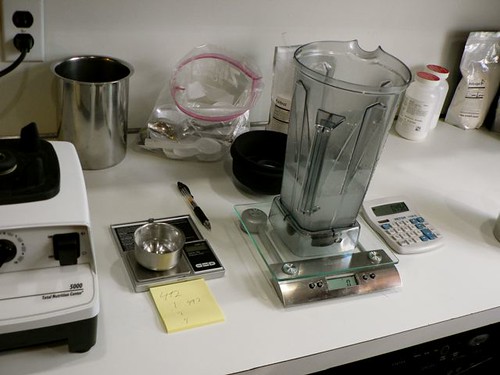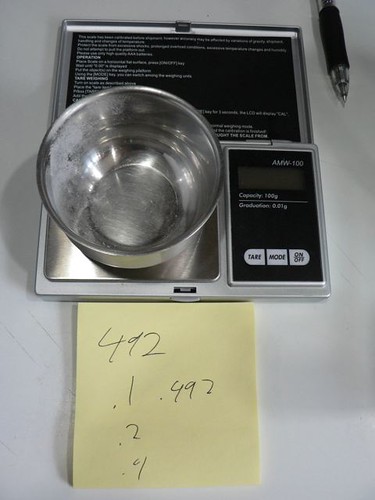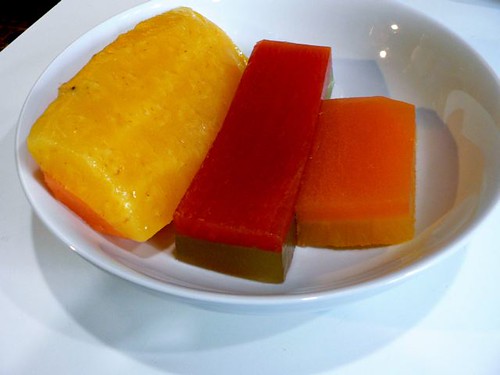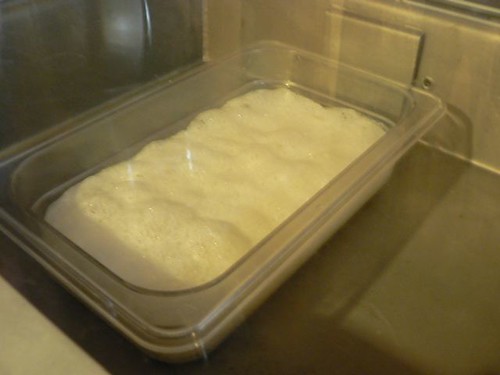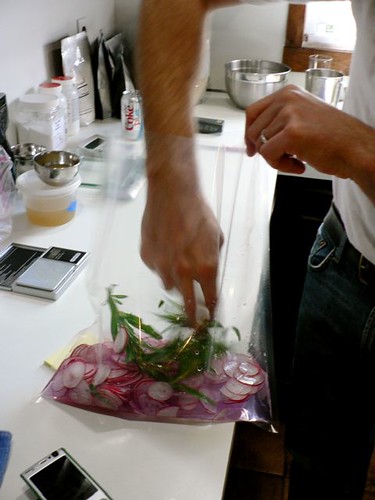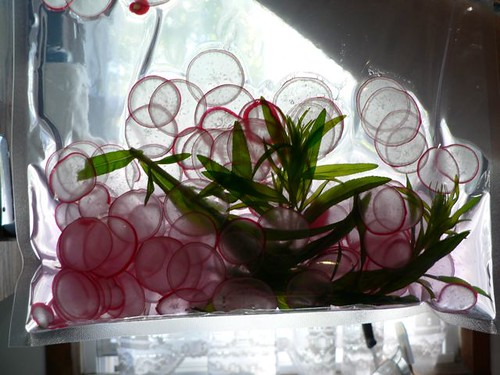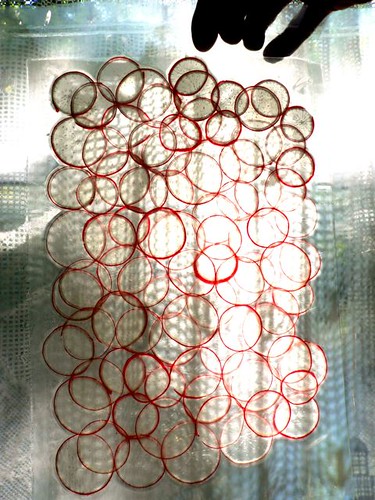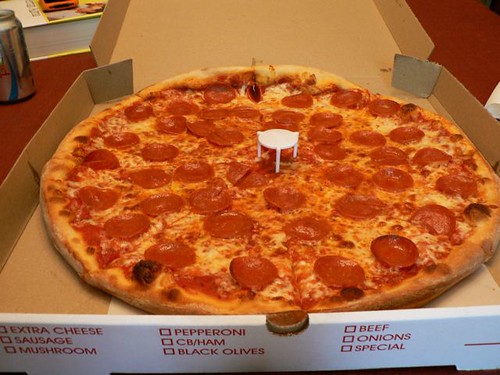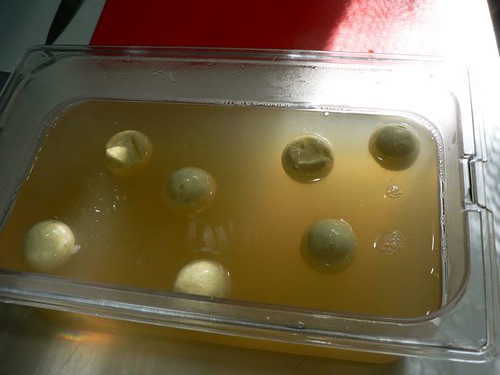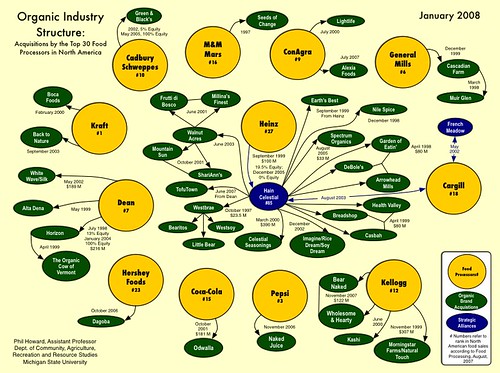Since doing my fieldwork back in 2005-2006, I have ever more mused on the idea that many people, academics included, over estimate the dominance of modern food and supermarkets. This is of course subject to much debate and could be the topic of the PhD thesis in itself.
That's what excited me about meeting Nalika at a PhD conference a couple years back on agrarian change. I had read her PhD proposal, which was aimed at studying such change, through consumption patterns in Thailand. Most people tend to study such change from the production end, not the consumption end. Although she has since changed her research topic, we obviously both maintain a special interest in the subject of food consumption.
What I specifically liked about Nalika's proposal is that it challenged the assumption that the world of food contains two diametrically opposed organisational forms in terms of food marketing: large global food chains dominated by multinationals and small farmers and/ or food artisans struggling to survive and on the forefront of traditional/alternative food networks. Instead it recognised that Thai people, like so many of us source food from a variety of places including supermarkets, local stalls, fresh markets, 7 elevens, friends gardens (except apparently those living in "food desserts" a terrifically horrifying thought indeed). This idea was reinforced to me later in a book I read when the author noted that many of these debates over economy and trade are necessarily misleading for the sake of argument. The author emphasised how except for on the very margins of human existence do people only source their goods and services from one place only. Extreme autarky and/or food desserts are the outlying ends of most people's consumption experience. There is multiplicity in most economies as their are in most people's daily consumption.
But from my own perspective and surroundings in the urban hub of a middle income newly industrialising country, the idea that there are only small local farmers/ artisans vs large multinational food giants, to a large extent misses the middle. A lot of people who live and toil in Bangkok, both rich and poor buy, eat and source their daily food at hawkers stalls.
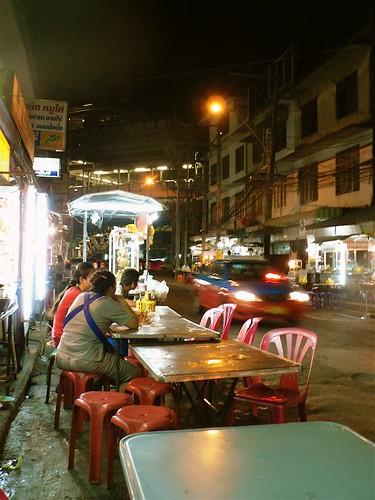
Tasty, spicy bowls of noodles, are decent, healthy, and cheap and is what feeds the urban masses. There's also grilled fish, meat sticks, salads, coffee hawkers, fresh fruit hawkers and even road side bars for variety. Produce from these stalls appears to be sourced from a range of places, including wet markets and supermarkets. A common assumption by many a falang is that these stalls are run solely by the people who man them, as some sort of extension of their home economy...some are in fact run as a sideline family business out of the front of homes or as an additional money maker. But if you've ever tried to make a bowl of noodles at home, you soon realise that its a lot of effort for a solitary bowl
I made pho bo the other day, 24 hour long process of making the stock, brining it to the boil, tipping off the first boil, then boiling again with spices over 24 hours to get the flavour. Making these noodles, I fast realised that noodles are one of those dishes that is pre-disposed to large scale production, maybe not industrial because there is a point at which I'm sure noodle production gets too large and looses flavour but at least medium to large. Plus at the price point that exists here in Bangkok, 25 baht per bowl, you need to sell a lot of noodles for it to make sense as a business proposition.
Recently, Hock noticed one of our local noodle stalls setting up for the day. A large brand new pick up truck drove up to their spot and delivered the ingredients for the day. This particular stall sells kanom jeen. They then drove on to do more deliveries to other stalls. It seems certain that this operator has several road side branches, operating on a fairly large scale. The stand is open from early in the morning to late at night and there appears to be shift workers.
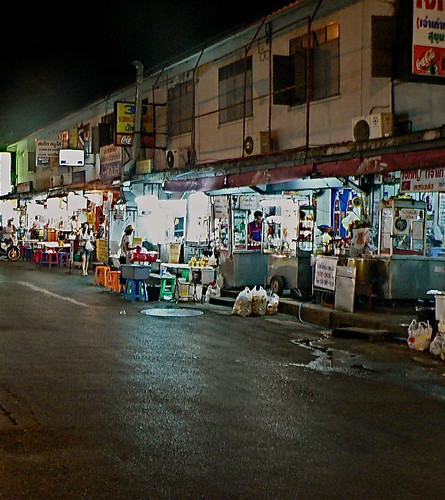
Franchised noodle branches in Thailand appear to have reached its greatest heights in "chai see" (four men). Four Men noodle stands are ubiquitous in and outside of Bangkok. They are everywhere announced by a big yellow sign, bowl of noodles with a number 4 above them. These are not the best noodles but as Aong said, "if you're hungry, you'll eat them"
The tendency towards franchises and branches has of course counter resistance. Many restaurants now declare "mai mee sakha", "don't have any branches". An announcement made with pride that is meant to inspire loyalty and acceptance of slightly higher prices. Where once the Thai government's "good clean food" sign signalled that the stall wouldn't make you sick, the current new wave of food convention appears to be self-regulated, not government regulated and elicits market competitiveness through conflating small scale production with quality and care. Which, when you think about it is the opposite of previous government perceptions of smaller vendors that inspired the "clean food" seal of government approval in the first place.
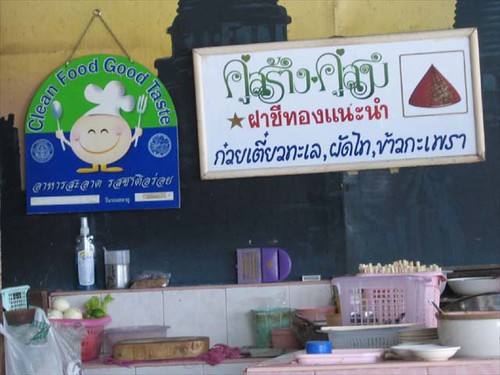 Source
SourceI'm yet to understand the dynamics of the hawker economy fully. On Sukhumvit Soi 11, which is close to my house I notice that hawkers change rather frequently, or they change their carts. Recent construction on the street has seen a lot more Isaan food turn up, to cater to the mainly Isaan construction workers. Some carts are manned by the same hawkers who seem to be able to swap carts around from noodles, to grilled meat with great ease. Most carts are overseen by the soi police. Most soi's have their own local patrols, aside from extracting bribes, I'm not sure exactly what their role is, but Hock seems to think that
Masta Grilla moved on due to police harassment.
Master grilla seems to have moved on indefinitely and so has my
mushroom soup guy only to be replaced by mushroom soup lady who moves between soi 11 and 19. Mushroom soup appears to be a new addition to the hawker stands. There was a great chicken noodle soup on the street a while back but the lady swapped to sweetened coffee. Maybe I'm reading too much into it but I like to see the hawker stalls near my street as a sort of signifier of the dynamic changes taking place in Bangkok.
With all this flexibility at hand, the ability to change carts according to the ever shifting migrant population, changing tastes and food preferences, whilst remaining cheap and accessible and also able to take advantage of economies of scale, it will be from, my understanding, a long time before Thailand sees the cannibalisation of its hawker markets by large multinationals, supermarkets and fast food outlets. For now they appear to co-exist quite well.

